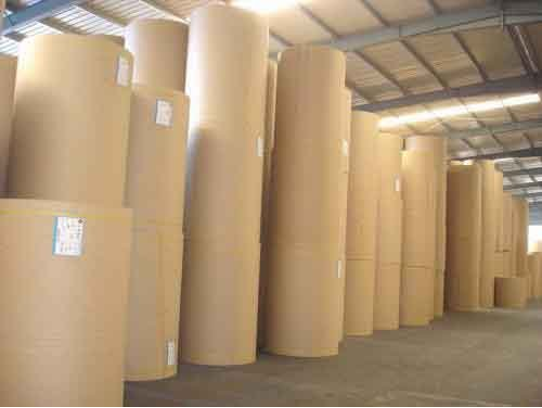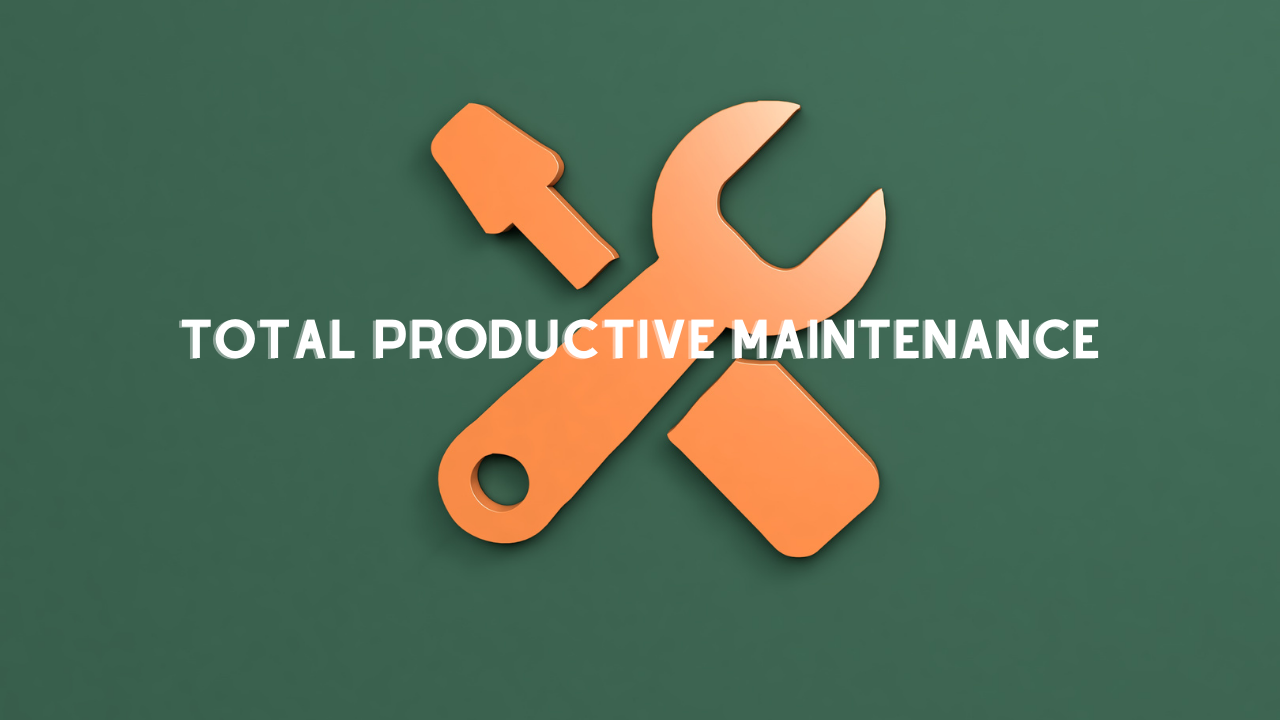The Missing Link Between OEE and TPM
Dr Anthony Kenneson-Adams. MA. Bsc(Hons). FInstLM. Royal Air Force (Ret’d)
Posted 02/02/2023
Introduction
So, let’s start with my hypothesis that TPM drives all three elements of OEE, namely: machine availability, speed and quality. Traditionally as a Maintenance Leader and then Operational Excellence (OpEx) leader in paper mills and packaging manufacturing plants, my focus was all about machine availability. If the machine was running, it belonged to operations and I could focus on writing PMs, improving RCM and building Gantt charts for my next planned outage. However, experience has taught me that just focusing on availability is missing 2/3 of the opportunity to improve business by not embracing the entire OEE metric through maintenance action.
Embracing all three elements of OEE as a maintenance discipline is a culture shift for many and it takes a dogged intent to break down the traditional barrier between maintenance and operations and build relationships for both departments to work together to develop all 8 pillars of TPM and therefore improve OEE. After all, we all know that it is People + Process that drives Performance.
This dogged intent to do something new or different is demonstrated in forming partnerships with operations using TPM pillars such as Autonomous Maintenance (AM) and jointly planning and prioritising work orders as vehicles that build closer cooperation.
To accelerate this cooperation and communication, I have in the past also assigned a senior maintenance tech to each machine for daily rounds to talk with (and not to) operations personnel. In assigning a maintenance tech as a machine advocate, we began finding out about potential problems far earlier. Operations were now telling us what their 5 senses were telling them earlier in a potential machine failure, thus pushing detection further to the left on the P to F curve. We also stopped hearing ops tell us when we had a breakdown, (which became more infrequent) “I could have told you about that 6 weeks ago!” Finding time for a mechanic to become a machine advocate is difficult and has a cost but it is often the right thing to do and it is intent, that makes it happen.
These advocates would also attend the machine Tier 1 and Tier 2 meetings as part of Lean manufacturing process, having direct impact to short interval control, process conformation and visual management. The advocates were also key in contributing to Root Cause Problem Solving (RCPS) and its corollary Root Cause Success Solving (RCSS) when we achieved new machine goals. Understanding success is at least as important as understanding failure.
Impact on OEE of Running too Fast
So now let’s look at how maintenance can impact machine speed. Clearly this is industry specific so I will just refer to examples from my experience in the manufacture of recycled paper.
After a particularly good run where the machine had set a new ‘speed’ record, I asked the operator where on the pump curve a key asset had been running as part of RCSS. The operator had never been instructed on the value of pump curves and had no idea if the pump was within or on the edge of the pump Preferred Operating Region (POR) i.e., 70% to 120% of flow. For operations to sustainably optimise speed they needed to optimise and balance all pumps in the process and know how they work. They also need to understand the impact on total productive maintenance when they run the pump outside of its POR and so balance the value of the extra product manufactured against the extra maintenance cost. Running that extra bit faster could in fact cost the business more in pump and other maintenance costs than it would in the revenue from the extra production. Margin here is more important than revenue.
This is compounded when you consider if the lubrication system can deliver oil fast enough to maintain bearing health and dissipate heat fast enough to stop the oil breaking down and losing lubrication, or can the motor driving the pump pull the extra current without impacting the electrical infrastructure, and if they can what will be the maintenance impact on reduced pump life, motor life or frequency of oil and oil filter changes, etc?
So, the impact of extra speed even if it temporarily improves OEE can be increased maintenance cost without careful consideration of the TPM changes needed to meet that change in speed.
Impact on OEE of Running too Slowly
So now to the flip side of running too fast; running too slowly.
Let’s assume that at some point the factory had completed a ‘Bottle Neck’ analysis, had driven out all of the known ‘WORMPITT’ 8 wastes and has established the optimised speed for a machine or process. Then over time the machine had been slowed down. That said, operations do not choose to run more slowly. Reduced speed as in the example below, is more often a result of multiple insidious deficiencies that occur overtime that are not addressed in a timely fashion.
Here is an example:
I was called to a paper mill that was struggling with profitability. First a little background, the recycled paper making process is basically very simple. You take old paper, add water, and put it in a blender to make a thin pulp. You then spray the pulp on a wire or fabric sheet and then extract the water by gravity then vacuum and then heat, until you have a finished sheet of dry paper.
In a paper mill, the heat is applied via a series of huge cylinders called dryer cans that are filled with pressurised steam. All the cans need to be working at optimum to dry the paper efficiently and therefore manufacture paper at the optimum speed for maximum profitability, as profitability is calculated on optimised OEE.
In the plant I was called to, 16 of the 48 cans were not working. This was not a new situation and a lack of focus and intent over a period of 5 or more years had seen the machine run slower and slower and now they only had around 2/3 drying capacity.
The culture had become that as we run slowly, we cannot stop for maintenance because we must run 24/7/365 to make as many tons of paper as we can. Self-defeating, right? PMs had been postponed, scheduled outages had been postponed and there was an inevitability in the air for the closure of the mill. Speaking with the maintenance team and planner, they knew what needed to be done in each dryer can. As the consultant, I led a 14-day planning cycle to get all the parts together, brief the team, plan the outage and critical path, after having convinced the plant manager that to save the plant, we must stop the machine to be able to run faster on start-up and the subsequent ROI would be measured in days.
We executed the plan, started up exactly on time, and were able to immediately achieve the extra calculated speed, with improved quality and increased tons and with an OEE improvement of 31%. The difference here to doing the right thing, linking the 8 pillars to OEE was again intent. All I did differently was to drive the importance of doing ‘the right thing.’ So, it is my contention that having the ‘intent’ to get it done is the missing link between TPM and OEE.
So, the impact of running too slowly is poor OEE, but getting the TPM work done on time gives sustainable improvement to OEE.
Intent – The Missing Link
I could detail other examples where maintenance intent, focused on completing machine repairs in a timely fashion immediately improved product quality, such as replacing worn parts, stopping hydraulic leaks, torque discipline for bolted joints to maintain positioning etc., all achieved OEE improvements by improving first pass quality. Critically these improvements then needed to be sustained by addressing why these parts became defective through RCPS and that any PMs or PdMs raised as a result were then carried out on time, irrespective of how well the machine was running on the day scheduled for the PM to be completed.
So, speed and quality are not just operations issues, the responsibility is shared with maintenance. The bottom line is that without the intent to drive change, and the intent to build relationships across the paper mill, especially in the most difficult situations, the status quo would have prevailed. So, I would encourage all maintenance and operations leaders to look objectively at the speed and quality output of your machines as an inclusive maintenance and operations issue in addition to machine availability, and then use intent to drive the missing link making the 8 pillars of TPM a force multiplier for improving OEE.


Dr Anthony Kenneson-Adams
Dr. Anthony Kenneson-Adams had a 30-year career in the Royal Air Force, becoming a Senior Engineering Officer, Project Manager and Engineering Authority responsible for multiple fast jets and large-body aircraft in peace and war operations. On retiring from the Royal Air Force, he became a Corporate Operational Excellence Consultant in the Paper Manufacturing and Packaging Industries and is now the Head of Learning and Knowledge Transfer for the international Project 7 Consultancy. You can contact Anthony at www.project7consultancy.com or [email protected]
Related Articles

Why do maintenance improvement initiatives fail to deliver? (Hedgehog or Fox?)

Why Maintenance Improvement Efforts Fail

TPM and RCM: Whirled Class

The RCM Trap

The Face of Effective Reliability Management

What is Total Productive Maintenance?




